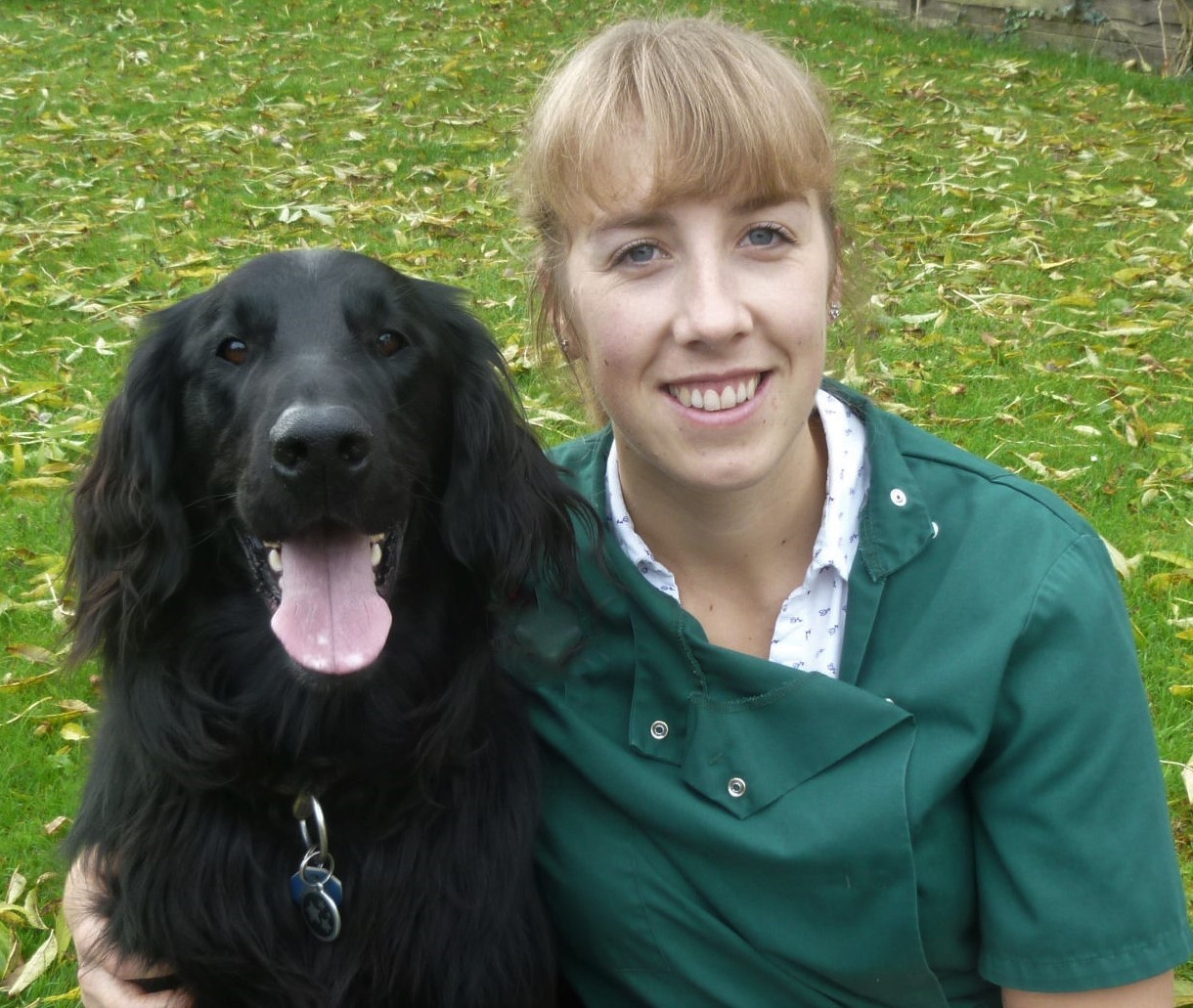How long should I wait to take my dog out after eating?
How long should I wait to take my dog out after eating? Our vet explores this question!
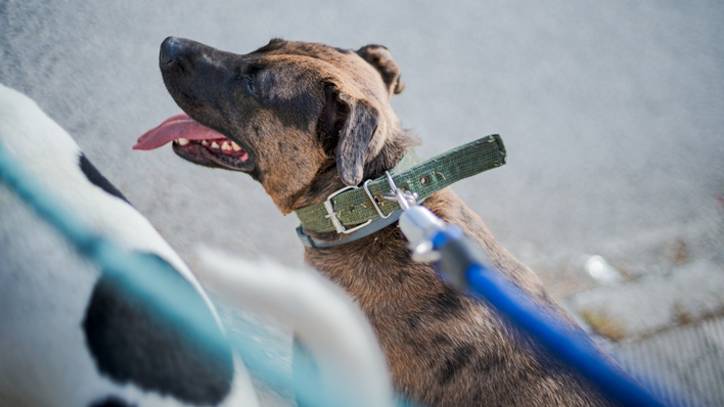
‘How long should I wait to take my dog out after eating?’ is a question many dog owners ask. It is thought by some sources that exercising your dog too soon after a meal could lead to bloating, or even worse, a twisted stomach.
The technical term for this condition is gastric dilation-volvulus (GDV) which is a life-threatening event. But feeding time is just one factor proposed to influence your dog’s chances of developing a GDV. In this article, we will explore your dog’s exercise and feeding regime in more detail.
- Best dog leashes: Keep your pooch safe and under control
- How much exercise do dogs need?
- Best dog food: Nutritious meals to help your pup thrive
Why should you wait to walk your dog after a meal?
Taking your dog out to exercise on a full stomach may increase the risk of bloat and gastric dilatation-volvulus. Alternatively, he may feel too full and sluggish to really enjoy his exercise.
How long after eating should I walk my dog?
The general recommendation is to wait at least 2 hours after feeding your dog a main meal before you exercise him.
Exercising your dog on a full stomach may slightly increase the risk of gastric dilatation-volvulus. However, it is worth bearing in mind that there are many risk factors for this condition and going for an average walk following a meal doesn’t guarantee a disaster!
Other factors that increase the risk of GDV include:
- Being a large or giant breed dog
- Feeding from a raised food bowl
- Eating quickly
- Advancing age
- Eating one large meal a day, rather than two or more smaller meals.
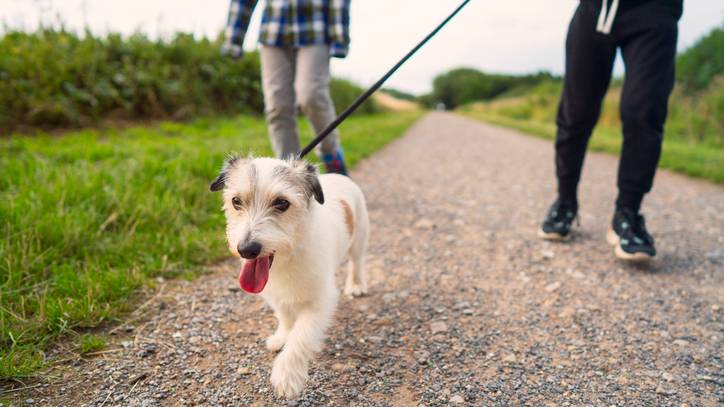
How long does it take for a dog to digest food?
The time taken to digest a meal can depend on the type of food consumed, some foods are digested much quicker than others. Also, the breed, age, and size of the dog can all impact digestion time too.
On average it takes around 8-10 hours for a meal to be fully digested by an adult dog, but it could be a bit quicker or longer than this, depending on the factors mentioned.
When is the best time to feed my dog?
This will very much depend on your schedule and work commitments. But generally, it is easiest to exercise your dog first and then feed him his meal afterwards. Alternatively, feed him, and then wait approximately two hours before exercising.
What is the best time to walk my dog?
This will depend on your daily schedule, but it is generally thought best to walk in the morning or late afternoon/evening for most dogs. In the summer months, care must be taken with walking dogs around midday as this is when temperatures are at their highest and dogs may be at risk of heatstroke.
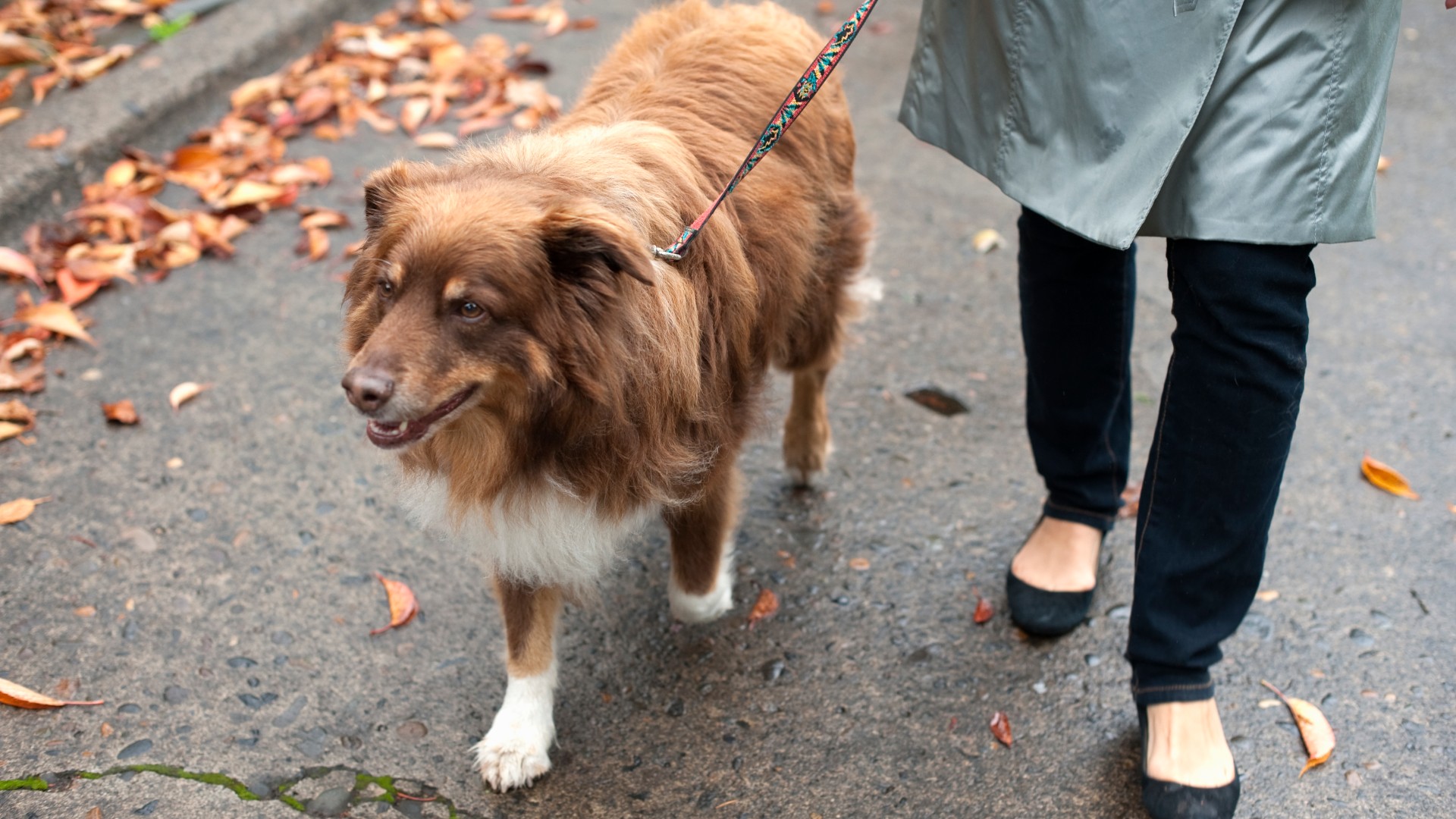
Risks and benefits of walking a dog before eating
As well as possibly reducing your dog’s chances of a GDV there are benefits to walking your dog before feeding them. Thinking about how wolves and dogs in the wild function, they run around hunting, scavenging and burning energy. But once they’ve had that nice big meal, they tend to rest with the blood in the body being diverted to digestive processes.
By feeding your dog after his exercise you are replicating this. The same is true for people, once you’ve had a nice big meal most people want to just sit and doze on the sofa! So, your dog may be less sluggish on his walk if his tummy isn’t full up.
The main disadvantage, however, of walking him before feeding, is that he doesn’t get the same opportunity to toilet after eating. Many dogs need to poop after a meal, so a walk would allow them to do this.
Ultimately there is no right or wrong answer, but most people suggest not heading out straight after a meal. Either walk then feed, or feed and wait a couple of hours before walking.
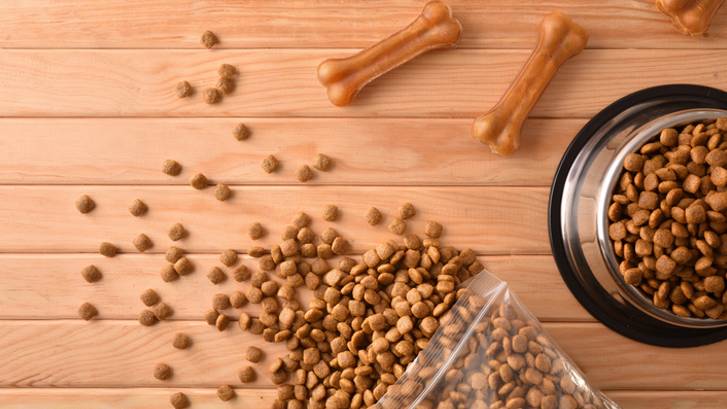
How long should you walk your dog every day?
There are several factors to consider when it comes to how long to exercise your pet, which we will look at in turn, but above all, you should be led by your dog.
Your dog should be tired and satisfied after their walks, but not be completely exhausted. If your pet still seems bouncy and ready to go, then they need more exercise. You could try going out for a longer walk or increasing the number of walks per day.
- Age Your dog’s age will influence how much exercise they need. Very young puppies and also very elderly dogs only require short walks, with much of the day spent resting in between exercise periods.
- Breed The breed of dog you own will play a huge part in how often they need walking. Very active breeds like Boxer dogs, Border Collies and Weimaraners may need 1.5 - 2 hours of exercise (or more!) per day. However, more sedate dogs like Pugs, Shih Tzus and Pekingese may only need 30 minutes or more a day depending on their stamina levels.
- Health status Your dog’s health status will influence how much walking they can do. A fit and well dog will require more exercise than a dog suffering from an underlying illness. Osteoarthritis, heart issues or breathing problems can also make walking difficult for some. Brachycephalic breeds may struggle to exercise compared to longer nosed dogs.
- Personality Your dog’s personality may also drive how much exercise they want to do. A bouncy exuberant dog is likely to need longer walks than one with a more laid-back personality.
- Environmental conditions Very hot weather puts dogs at risk of overheating, so exercise should be limited to the cooler parts of the day to keep your dog safe. This may mean giving them shorter walks too so that they don’t overdo it. Very cold, icy, or snowy weather may mean fewer walks than usual too, especially for dogs that are more cold-sensitive like whippets, Salukis and Mexican hairless dogs.
So, should you feed a dog before or after a walk?
Ultimately there is no right or wrong answer to this, and it depends on how you prefer to manage your schedule. There are pros and cons to both, but the general advice is that if you walk your dog after a meal, maybe leave it a couple of hours before heading out so that your dog has time to digest his food first.
PetsRadar Newsletter
Get the best advice, tips and top tech for your beloved Pets
Rebecca is a veterinary surgeon who graduated in 2009 from the Royal Veterinary College in London. She has a wealth of experience in first opinion small animal practice, having done a mixture of day-to-day routine work, on-call emergency duties and managerial roles over the years. Rebecca enjoys medicine in particular and she is proud to have recently achieved a BSAVA postgraduate certificate in small animal medicine (with commendation).
She writes on various feline and canine topics, including behavior, nutrition, and health. Outside of work and writing she enjoys walking her own dog, spending time with her young family and baking!
